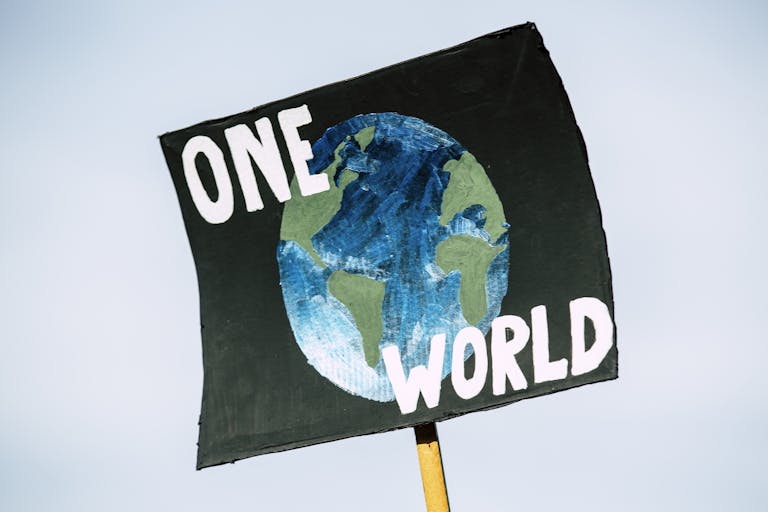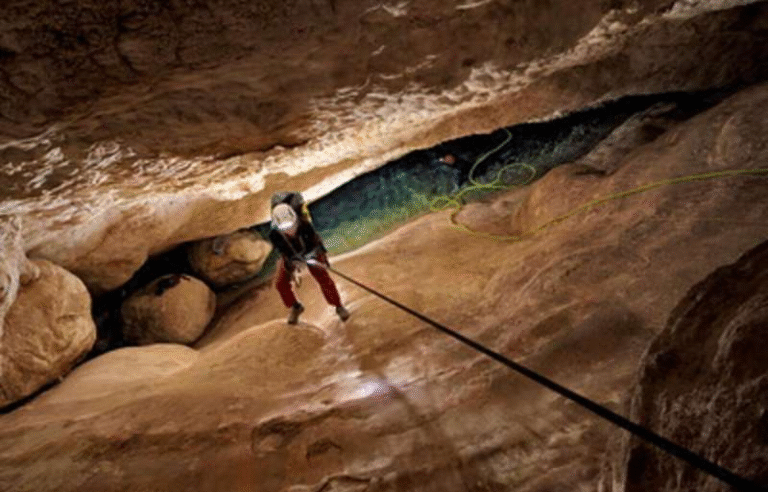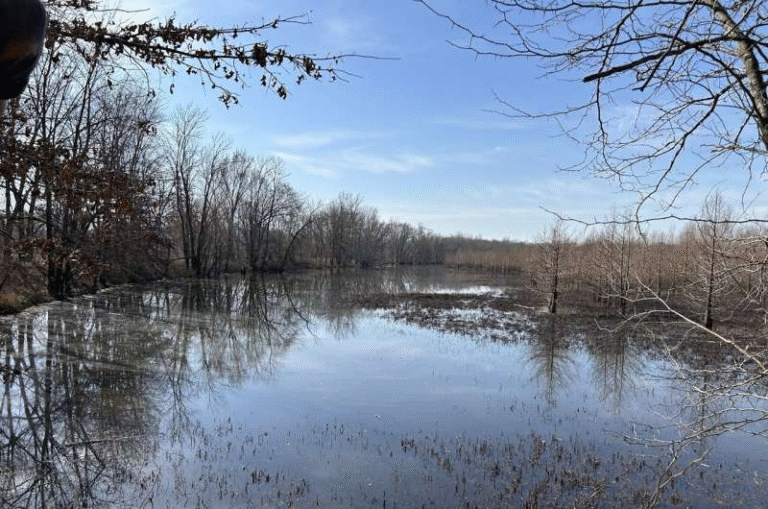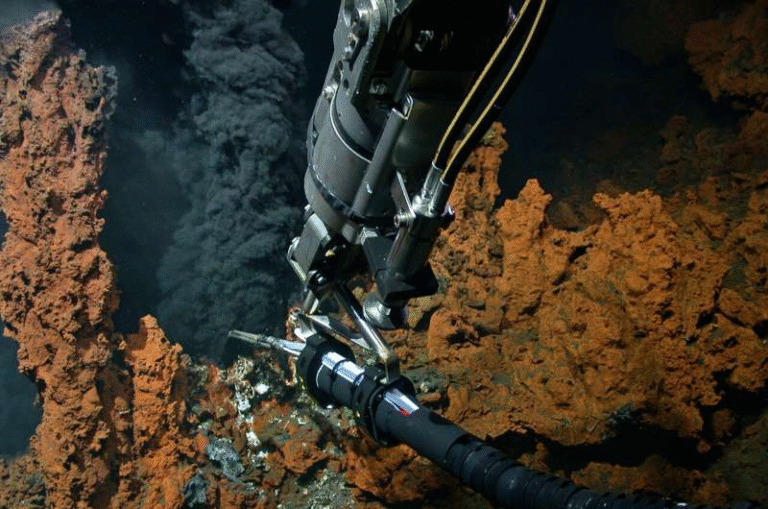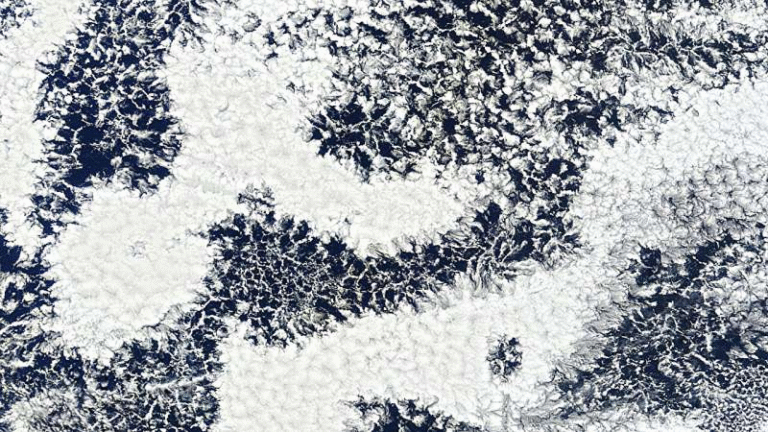How Easter Island’s Massive Moai Statues Actually “Walked” Themselves

For centuries, the mystery of the Moai statues on Easter Island has puzzled archaeologists, engineers, and the public alike. These enormous stone figures, carved by the people of Rapa Nui, stand as some of the most recognizable and enigmatic creations in human history. The big question has always been simple yet profound — how did the islanders move these multi-ton statues across miles of rugged terrain without modern machinery?
Now, new research from a team led by Carl Lipo of Binghamton University and Terry Hunt of the University of Arizona offers what might finally be the definitive answer: the statues were “walked” upright, not dragged, rolled, or hauled flat. By combining physics, 3D modeling, archaeological evidence, and real-world experiments, the researchers have shown that the design of the Moai allowed them to rock forward in a controlled, rhythmic motion — almost as if they were walking themselves.
The Walking Moai Hypothesis
The latest study, titled “The Walking Moai Hypothesis: Archaeological Evidence, Experimental Validation, and Response to Critics,” was published in the Journal of Archaeological Science in October 2025. The research is the culmination of years of fieldwork, digital modeling, and mechanical testing aimed at answering one fundamental question: how could ancient people move statues weighing up to 75 tons without wheels, cranes, or beasts of burden?
The team studied 962 Moai statues across Easter Island, focusing on a subset of 62 “road moai” — figures found along the island’s ancient roads rather than at ceremonial sites. By examining the shapes, base designs, and tilt angles of these statues, the researchers realized something striking: the Moai were specifically engineered for motion.
Their broad, D-shaped bases, slight forward tilt (between 5 and 15 degrees from vertical), and gently rounded bottoms created the perfect conditions for a rocking movement. With ropes attached to each side and one at the rear, small teams of people could rhythmically pull and release, causing the statue to sway from side to side — and inch forward in a zigzag path.
A Physics-Backed Experiment
To test this idea, Lipo’s team built a 4.35-ton replica Moai modeled exactly after real statues’ proportions and tilt. The goal was to see whether this shape really allowed for the “walking” motion — and whether it could be done safely and efficiently.
The result was astonishing. With just 18 people and a few ropes, the team successfully moved the massive replica 100 meters in about 40 minutes. The motion was surprisingly smooth once the statue got going. It took coordination to start the rocking, but once in rhythm, it required minimal force to keep moving. The statue swayed forward naturally, guided by small tugs on either side.

This experiment wasn’t just about proving a theory — it demonstrated the engineering genius of the Rapa Nui people. Instead of dragging these monuments flat, which would have required hundreds of workers and damaged the statues, they used physics and balance to make the statues move upright.
Lipo and his colleagues also noted that as statues get larger, the rocking method actually becomes more efficient. The physics scales up favorably, meaning that larger Moai would have been easier to “walk” relative to their weight than smaller ones.
Roads Built for the Journey
The landscape of Easter Island provides even more support for this theory. The island’s ancient roads, once thought to simply connect quarry sites with ceremonial platforms, appear to have been built for transport. These roads are typically about 4.5 meters wide and have a slightly concave cross-section, meaning they curve inward toward the center.
This shape would have stabilized the Moai during transport, preventing them from tipping over as they rocked from side to side. Archaeological surveys show overlapping and parallel road networks, suggesting the islanders repeatedly cleared and reused paths for moving statues. In many cases, fallen Moai are found along these roads — some partially buried or tilted forward — possibly representing statues that fell during transport or while being re-erected.
Every piece of evidence aligns with the “walking” hypothesis: the road design, the base curvature, and the tilt angle all support the idea that the statues were meant to move upright and alive.
Why Other Theories Fall Short
Over the decades, several other explanations have been proposed for how the Moai were moved. Some suggested they were dragged horizontally on sleds or wooden rollers, while others speculated about log-based tracks or ropes and ramps. But these theories face serious issues.
Dragging a 10-ton statue across rough volcanic rock would have been enormously energy-intensive and risked breaking the statues. There’s also no strong archaeological evidence of widespread deforestation specifically for such massive wooden infrastructure — and the Rapa Nui did not have large pack animals to assist in hauling.
The walking model, on the other hand, fits both the archaeological record and the physics. It explains the statues’ unique shapes, the road systems, and the breakage patterns seen along transport routes. As Lipo’s team points out, the method is not just plausible — it’s practically demonstrated.
Evidence from 3D Modeling
Using high-resolution 3D scans, the researchers analyzed the fine details of Moai geometry. They found that statues built for transport had subtly different bases and centers of gravity than those already placed on platforms (ahu). The transport Moai often showed less wear on the sides and bottoms, consistent with being rocked upright rather than dragged.
Digital simulations confirmed that a small lateral force, properly timed, could maintain the rocking motion indefinitely on a mild incline. This means that Rapa Nui workers could have moved a statue over long distances — even kilometers — without the massive labor once imagined.
Archaeological and Cultural Context
The study also helps clarify the cultural logic behind the Moai. The Rapa Nui built these statues between 1400 and 1650 CE, carving them from volcanic tuff at the quarry of Rano Raraku. Each statue represented a deified ancestor, and moving it to a platform near the coast symbolically brought that ancestor’s mana (spiritual power) to the living community.
Oral traditions among the Rapa Nui long claimed that the Moai “walked” from the quarry to their final resting places. For centuries, this was dismissed as myth. But now, it seems the local stories might have captured an accurate memory of how the statues truly moved — they really did walk, in a rhythmic, controlled sense.
This finding doesn’t just solve a mechanical puzzle; it restores respect to the Rapa Nui people’s intelligence and innovation. They accomplished an extraordinary feat of engineering using only ropes, coordination, and understanding of balance.
Criticism and Debate
As with any bold claim, not everyone is entirely convinced. Some archaeologists argue that while the walking method is feasible, it might not have been universally used. Certain terrains on the island — steep slopes, uneven ground, or rocky areas — could have made the technique difficult or dangerous.
Others note that rope quality and availability might have limited how many statues could be moved this way at once. Still, the walking theory remains the only model that aligns with the island’s physical and archaeological evidence without invoking lost technology or supernatural explanations.
The researchers invite their peers to test or challenge the model — not with speculation, but with data and experiments. So far, no evidence has emerged that contradicts it.
Honoring the Ingenuity of Rapa Nui
What stands out most in this discovery is not just how the Moai moved, but what it says about human creativity. The Rapa Nui, isolated on one of the world’s most remote islands, developed a sophisticated understanding of physics and balance — long before these were formalized concepts.
By designing the statues themselves as tools for their own transport, they turned what looked like an impossible problem into an elegant, efficient solution. The walking method used fewer people, preserved the statues, and made use of the island’s unique geography.
It’s a reminder that ancient societies were not primitive — they were brilliantly adaptive. Far from being reckless monument builders who deforested their island, the Rapa Nui were practical engineers and planners who optimized their resources.
A Lasting Mystery with a Real Answer
Even though this new research doesn’t end the debate entirely, it represents the most convincing evidence yet for how the Moai were moved. With physical proof, digital modeling, and archaeological consistency all pointing in one direction, the walking Moai theory brings us closer than ever to understanding one of humanity’s greatest engineering achievements.
What makes this discovery even more satisfying is how it connects science and tradition — the physics of motion aligning with the legends of the ancestors walking across the land.
It turns out the people of Rapa Nui weren’t exaggerating. Their ancestors really did walk.
Research Reference:
“The Walking Moai Hypothesis: Archaeological Evidence, Experimental Validation, and Response to Critics” – Journal of Archaeological Science, October 2025
